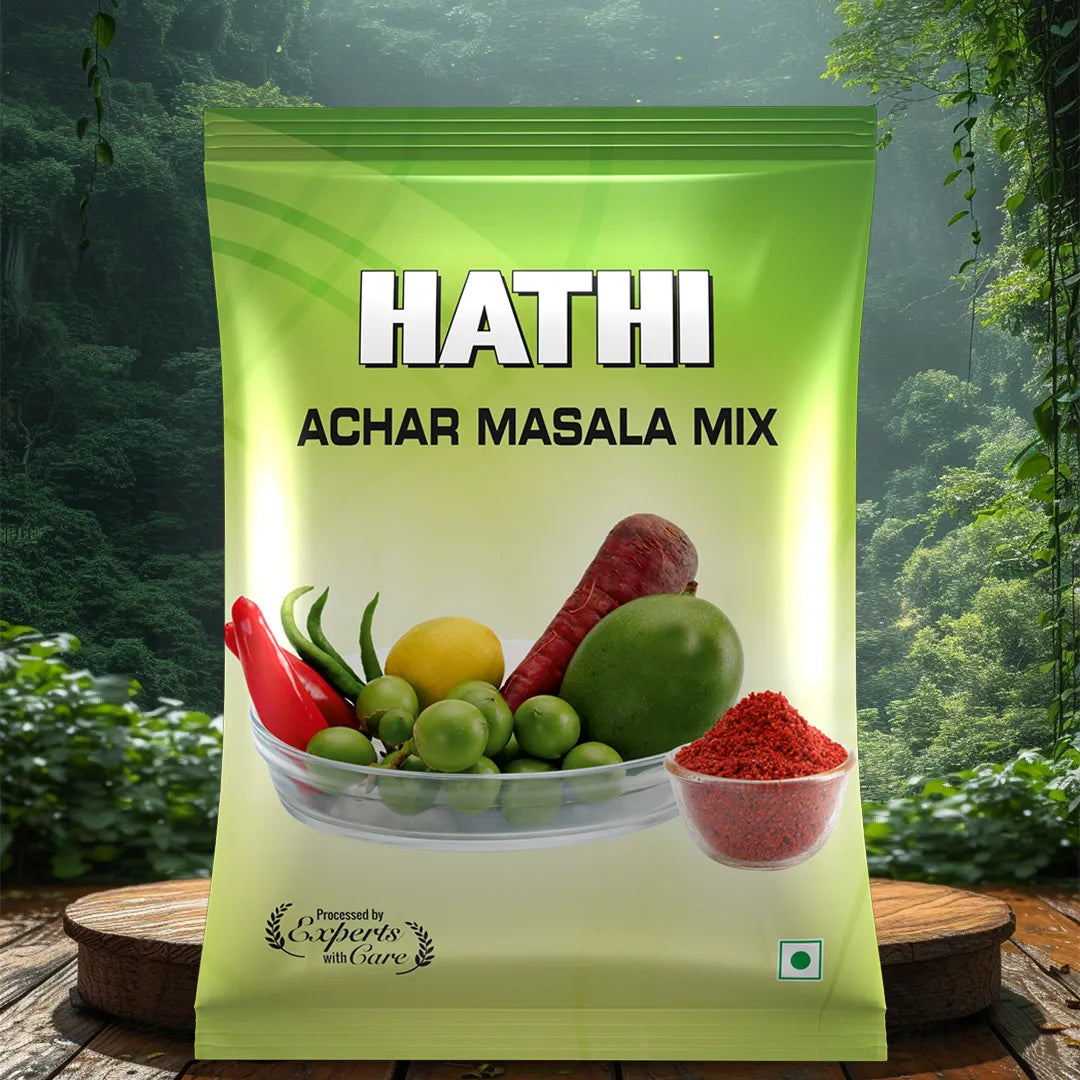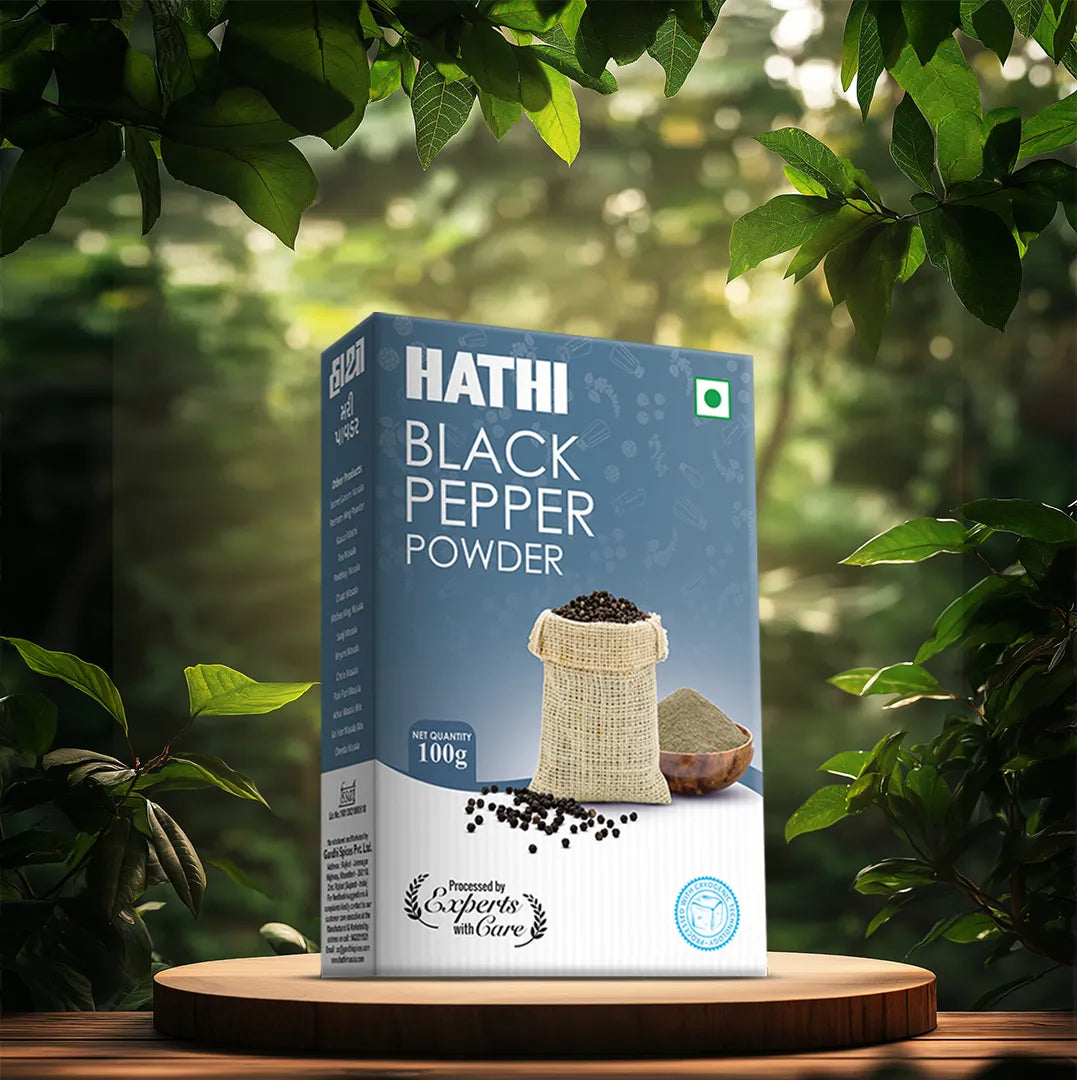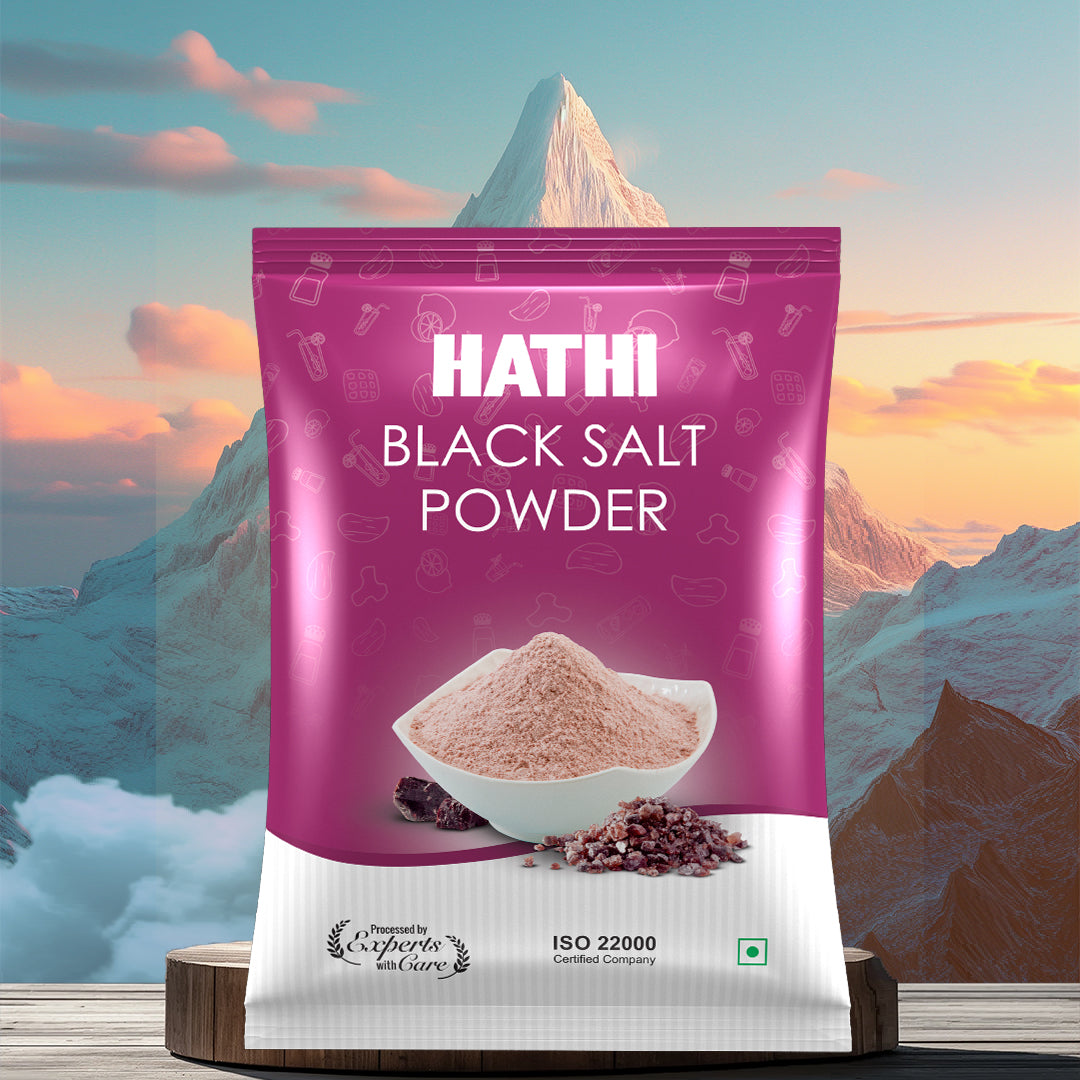Almonds, those versatile little powerhouses, have been cherished for centuries for their delightful taste, satisfying crunch, and incredible nutritional value. The nuts remain essential kitchen ingredients and health supplements through their dual role as fast snacks and main components in various recipes. The common assumption that almonds exist only as one type requires correction because multiple almond varieties exist. The array of badam kinds surpasses what the average individual understands.
The common "California almond" that fills most supermarket shelves hides a wide range of almond varieties, which differ based on their physical appearance, flavour characteristics, and nutritional content. Knowing the various almond types allows people to better understand this amazing nut so they can select better options for their wellness needs and cooking activities.
This detailed guide will take readers through 13 different types of almonds, examining each variety's special traits, geographical origin, and distinctive features. So, if you've ever wondered which almond is best or wanted to explore the best almonds in the world, keep reading!
The Diverse World of Almonds: Beyond the Ordinary
All almonds originate from the same historical beginning, yet growers have developed multiple distinct varieties through their work across different climates over the centuries. These differences are not just cosmetic; they impact the almond's texture, taste, oil content, and, ultimately, its ideal use. Let's explore 13 fascinating almond types:
1. California Almonds
When you think of almonds, chances are you're picturing a California almond. These are the workhorses of the almond world, accounting for the vast majority of global production. Grown primarily in California's Central Valley, which has a warm, dry climate, they come in various subtypes, categorized by their shell hardness, kernel shape, and surface characteristics.
- Characteristics: Generally medium-sized, oval-shaped, with a relatively uniform appearance. Their shell hardness varies, impacting how easily they can be blanched.
- Nutritional Profile: Rich in Vitamin E, magnesium, fibre, and protein. They offer a good balance of healthy fats.
- Culinary Uses: Extremely versatile. Used extensively in manufacturing for almond milk, flour, butter, snacks, and as a staple for baking and cooking. Their mild flavour makes them adaptable to both sweet and savoury dishes.
2. Mamra Almonds
Hailing predominantly from Iran, Afghanistan, and the Kashmir Valley in India, Mamra almonds are often considered among the most premium and expensive types of badam. Their unique appearance and superior nutritional profile set them apart.
- Characteristics: Distinctly concave, boat-shaped, and often larger than California almonds. They have a higher oil content, giving them a rich, buttery flavour and a softer texture.
- Nutritional Profile: Mamra almonds are prized for their exceptional nutritional value. They boast a significantly higher concentration of healthy monounsaturated fats (up to 50% oil content, compared to 25-30% in California almonds), protein, fibre, and essential minerals. They are known for boosting good cholesterol and lowering bad cholesterol.
- Culinary Uses: They are best enjoyed raw and soaked overnight to maximize nutrient absorption. Due to their high oil content and delicate flavour are often used in traditional Indian sweets, health-conscious diets, and as a luxurious snack.
Read: Healthy Dry Fruits Names with Their Nutritional Value
3. Gurbandi Almonds (Chota Giri)
Another gem from Afghanistan, Gurbandi almonds, often called 'Chota Giri' (small kernel), are smaller but packed with a punch of flavour and nutrients.
- Characteristics: These are smaller and rounder than most other varieties, with a slightly rougher texture. Due to the presence of natural compounds, they have a characteristic bittersweet taste, which some find highly desirable.
- Nutritional Profile: Gurbandi almonds are rich in antioxidants, particularly Vitamin E, and contain beneficial Omega-3 fatty acids. Their high oil content contributes to their nutritional density.
- Culinary Uses: Often consumed raw and soaked. Their unique bittersweet flavour makes them a favourite for traditional Indian recipes and those seeking a more robust almond experience. They are also used in various health tonics and formulations.
4. Nonpareil Almonds
Considered a benchmark variety in California, Nonpareil almonds are highly sought after for their consistent quality and broad range of uses.
- Characteristics: They are long, flat, and light brown with a smooth surface. They have a thin, easily removable shell, making them ideal for blanching. Their kernel is naturally sweet.
- Nutritional Profile: Good source of protein, fibre, and essential minerals.
- Culinary Uses: Their ease of blanching makes them perfect for creating blanched, slivered or sliced almonds for baking, confectionery (like marzipan), and garnishing. They are also excellent for snacking.
5. Carmel Almonds
Closely related to nonpareil almonds, caramel almonds are another popular California variety that is often used as a pollinizer for nonpareils.
- Characteristics: Similar to Nonpareil in shape, long and flattened, but often have a slightly softer texture and a light tan-brown, somewhat wrinkled skin. They also possess a thin shell.
- Nutritional Profile: Comparable to other sweet almond varieties in terms of healthy fats, protein, and fibre.
- Culinary Uses: They are highly versatile and used in a wide range of applications, from snacking and baking to processing into almond butter and flour. Their similar characteristics to Nonpareil make them interchangeable in many recipes.
6. Sonora Almonds
A highly nutritious variety within the California almond family, Sonora almonds are particularly favoured by health enthusiasts.
- Characteristics: Long and narrow with a distinctively thin, dark, and slightly rough outer shell. The kernels are known for their sweet flavour.
- Nutritional Profile: Rich in protein and fibre, they are a popular choice for those focusing on health and fitness.
- Culinary Uses: Due to their sweet taste and high nutrient density, they are excellent for snacking, baking, and incorporating into trail mixes.
7. Butte Almonds (Padre)
These smaller, plump almonds are popular globally and are often classified as California and Mission types.
- Characteristics: Generally smaller in width and length than other common varieties, with a lighter colour and smoother surface. They have a tough shell.
- Nutritional Profile: Similar to other California varieties, this variety offers a good balance of healthy fats, protein, and fibre.
- Culinary Uses: Widely used for snacking, as an ingredient in processed foods, and in various culinary applications where a smaller, plump almond is desired.
8. Fritz Almonds
Fritz almonds are another variety that falls under the California and Mission almond categories.
- Characteristics: They have a semi-hard, light brown shell and a plump texture. The kernels are slightly wrinkled. Despite their hard shell, they feature a low suture, making them relatively easy to blanch.
- Nutritional Profile: Good source of essential nutrients like healthy fats, protein, and fibre.
- Culinary Uses: Often used in baking and confectionery due to their good blanching properties. They are also suitable for snacking.
9. Peerless Almonds
Native to the United States, Peerless almonds are known for their attractive appearance.
- Characteristics: Medium-sized almonds with a light-coloured, smooth shell and a dark brown, wrinkled kernel inside. They possess a strong, nutty taste. The trees require cross-pollination.
- Nutritional Profile: Provide healthy fats, protein, and other essential nutrients.
- Culinary Uses: Their strong nutty flavour makes them excellent for snacking, savoury dishes, and preparations where a pronounced almond taste is desired.
10. Ferraduel Almonds
Primarily a French variety, Ferraduel almonds are highly valued as a pollinator for other almond types.
- Characteristics: They are known for their late foliation and fruit development, making them suitable for regions with a risk of late frosts. They have a hard shell.
- Nutritional Profile: Similar to other sweet almond varieties in nutritional content.
- Culinary Uses: While important for pollination, their kernels are also used in various culinary applications, often for their robust flavour.
11. Marcona Almonds
A gourmet delight, Marcona almonds hail from Spain and are celebrated for their unique buttery flavour and texture.
- Characteristics: These are distinctively rounder, plumper, and flatter than the elongated California varieties. They have a softer, almost melt-in-your-mouth texture and a wonderfully sweet, delicate, buttery flavour.
- Nutritional Profile: Rich in monounsaturated fats, Vitamin E, and antioxidants.
- Culinary Uses: Often enjoyed roasted and salted as a premium snack or used in fine confectionery, pastries, and Mediterranean-inspired dishes. Their distinct flavour makes them a standalone treat.
12. Mission Almonds
Mission almonds are another established California variety, recognized for their robust flavour and darker skin.
- Characteristics: They are smaller and broader than Nonpareils, with darker, more wrinkled skin. They have a hard shell and a firm texture.
- Nutritional Profile: Known for their higher fibre content and a good source of healthy fats and protein.
- Culinary Uses: Due to their firm texture and deeper flavour, they are often roasted for snacking. They are also used in baking and granola mixes with a desired chewier texture.
13. Kashmiri Almonds
As the name suggests, these almonds originate from the picturesque Kashmir Valley in India. They are highly sought after in the Indian subcontinent for their unique properties.
- Characteristics: They are smaller than California almonds and vary in shape and size within the same batch. They are known for having a higher oil content than many other varieties.
- Nutritional Profile: Kashmiri almonds are particularly rich in natural oils (up to 42% higher oil content than other types), contributing to their perceived health benefits. They are a good source of Vitamin E and antioxidants.
- Culinary Uses: Primarily consumed raw, often after soaking overnight. They are a popular choice for traditional Indian sweets, health remedies, and as a natural energy booster.
Which Almond is Best for You?
The "best" almond largely depends on your intended use and preference.
- For Snacking: California almonds or Nonpareil are excellent if you enjoy a classic, slightly sweet crunch. For a richer, more buttery, and perhaps more "gourmet" experience, Mamra or Marcona almonds are superb. If you prefer a bittersweet note and a slightly more robust texture, Gurbandi almonds are a great choice.
- For Baking & Cooking: California almonds (especially Nonpareil for blanching) are incredibly versatile. Carmel and Fritz also work well.
- For Nutritional Value: Mamra and Gurbandi almonds are often considered superior due to their higher oil content and concentrated nutrients, especially when consumed raw and soaked.
- For Almond Milk/Flour: California almonds are commonly used due to their widespread availability and cost-effectiveness.
Read: Top 7 High Protein Dry Fruits for Weight Gain
Best Almond Brands: A Note on Quality
While the type of almond is crucial, the brand also plays a role in quality. Look for reputable brands that prioritize:
- Freshness: Due to their oil content, almonds are prone to rancidity. Check for expiration dates and opt for brands with a high turnover.
- Storage: Proper storage (cool, dark, airtight) is essential to maintain freshness.
- Source Transparency: Brands that provide information about the origin of their almonds often indicate higher quality control.
- Organic/Non-GMO: If these are important, seek certified organic and non-GMO options.
Some popular and well-regarded brands in the Indian market that offer a variety of almonds, including premium options like Mamra and Gurbandi, include Nutraj, Happilo, and various regional organic suppliers. For California almonds, major international brands like Blue Diamond Growers are prominent.
Conclusion
The almond universe stretches far beyond what most people understand. The world of almonds features California fruits, which dominate the market alongside valuable Indian and Afghan imports, Mamra and Gurbandi, that provide distinct tastes and textural and nutritional characteristics. Learning about various almond types enables you to improve your snacking patterns, boost your food preparation skills, and select healthier options. When you grab some nuts from now on, remember to value the multiple varieties and health advantages they deliver to your food and body. If you expand your almond choices, you could discover your new go-to badam sort!





















